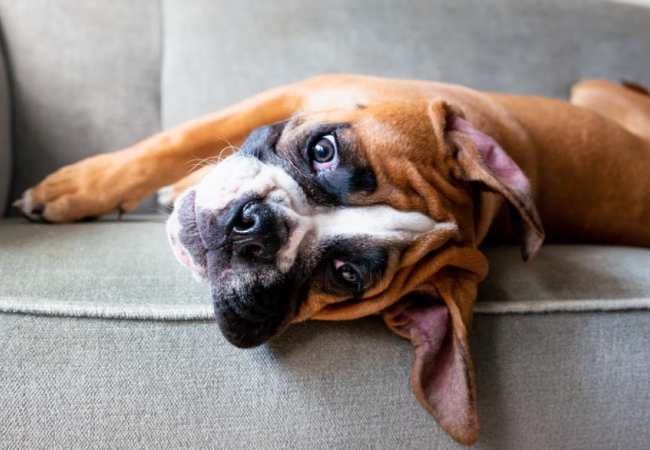Vet Guide 2025 Reverse Sneezing in Dogs What It Is & How to Help 🐶🩺

In this article
Vet Guide 2025 Reverse Sneezing in Dogs What It Is & How to Help 🐶🩺
By Dr. Duncan Houston BVSc
Reverse sneezing—those loud snorts that sound like choking—can be alarming but is usually harmless. I’m Dr Duncan Houston BVSc, and in this in-depth guide, you’ll discover why reverse sneezing happens, how to ease it at home, when to seek veterinary care, and how tele-vet support via Ask A Vet✨
1. What Is Reverse Sneezing?
- Reverse sneezing, or inspiratory paroxysmal respiration, is when dogs rapidly inhale through the nose—creating a loud snort—due to irritation of the soft palate or throat.
- Episodes often last 10–60 seconds and the dog otherwise appears normal.
- Commonly triggered by allergens, excitement, leash pressure, or foreign particles.
2. What Causes It?
- 🪷 Irritation from pollen, dust, smoke, grass, perfumes, cleaning sprays.
- 🐶 Excitement, pulling on leash, exuberant eating/drinking.
- 🐾 Predisposition in small and brachycephalic breeds due to soft‑palate anatomy.
- Health issues like nasal mites, infections, elongated soft palate, or masses.
3. How to Recognise It
- Snorting or honking inhale, neck extended, chest movement.
- Dog remains alert and returns to normal breathing post‑episode.
- Not the same as choking, coughing, or labored breathing.
4. Home Care: Soothing Techniques 🏠
- Stay calm—your composure reduces their stress.
- Gently massage the throat or cradle their head to encourage swallowing.
- Briefly cover the nostrils or blow gently at the nose to prompt a swallow and end the spasm.
- Offer a small treat or water to facilitate swallowing.
- Comfort the dog using your voice.
5. When It’s Time to Visit the Vet
- Frequent episodes (more than twice daily or several per week).
- Accompanied by nasal discharge, blood, coughing, wheezing, lethargy, or exercise intolerance.
- Signs of brachycephalic airway syndrome or elongated palate—consider consulting a specialist.
- To rule out serious conditions like tracheal collapse, tumors, or infections.
6. Veterinary Diagnosis & Treatment
- Diagnosis via video, history, exam, possibly rhinoscopy or X‑rays.
- Treatment may include antihistamines, decongestants, mite/fungal therapy.
- In rare cases of anatomical obstruction, surgical correction (e.g., palate trimming) may be recommended.
- Prognosis is excellent—most dogs lead normal lives with occasional episodes.
7. Preventative & Long‑Term Care
- Avoid irritants—keep your home clean, avoid smoking or perfumes.
- Use a harness instead of a collar to prevent throat pressure.
- Manage allergies with vet-approved medications.
- Monitor episodes and log triggers; share notes via the Ask A Vet app.
- Keep brachycephalic dogs cool, stress-free, and consider specialist care if recurrent.
8. Ask A Vet,
- Ask A Vet: Share videos of episodes for expert review, get quick advice on when vet attention is necessary.
9. FAQ
- Is reverse sneezing painful?
- No—it may look distressing, but dogs don’t feel pain during episodes.
- Can it lead to choking?
- Rarely. Most episodes are harmless; difficulty breathing or collapse requires urgent vet care.
- Will it go away on its own?
- Yes—most episodes resolve within a minute without intervention.
- Should I record episodes?
- Yes—video helps vets confirm diagnosis and differentiate from other conditions.
- When is surgery needed?
- Only with confirmed anatomical problems like an elongated soft palate in affected breeds.
10. Conclusion 💡
Reverse sneezing can seem scary, but it's often a harmless reflex triggered by irritation. With gentle home support, awareness of triggers,and expert backup via Ask A Vet, you can confidently help your dog through these episodes. Monitor, manage, and stay proactive for peace of mind—and your pup’s well-being! 🐕❤️






